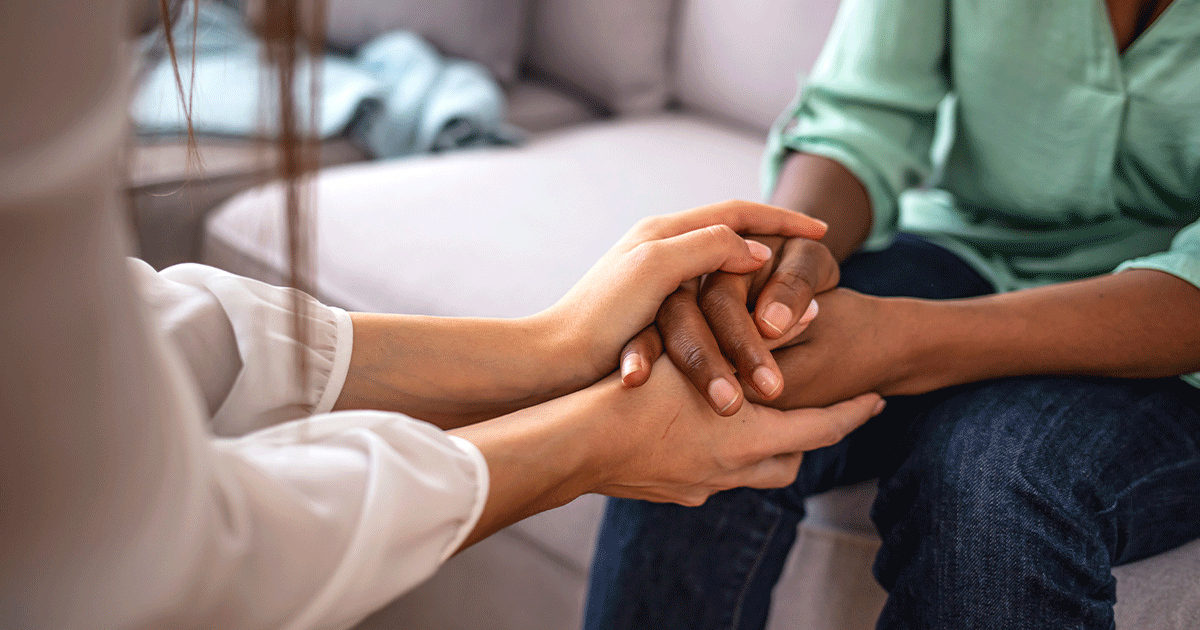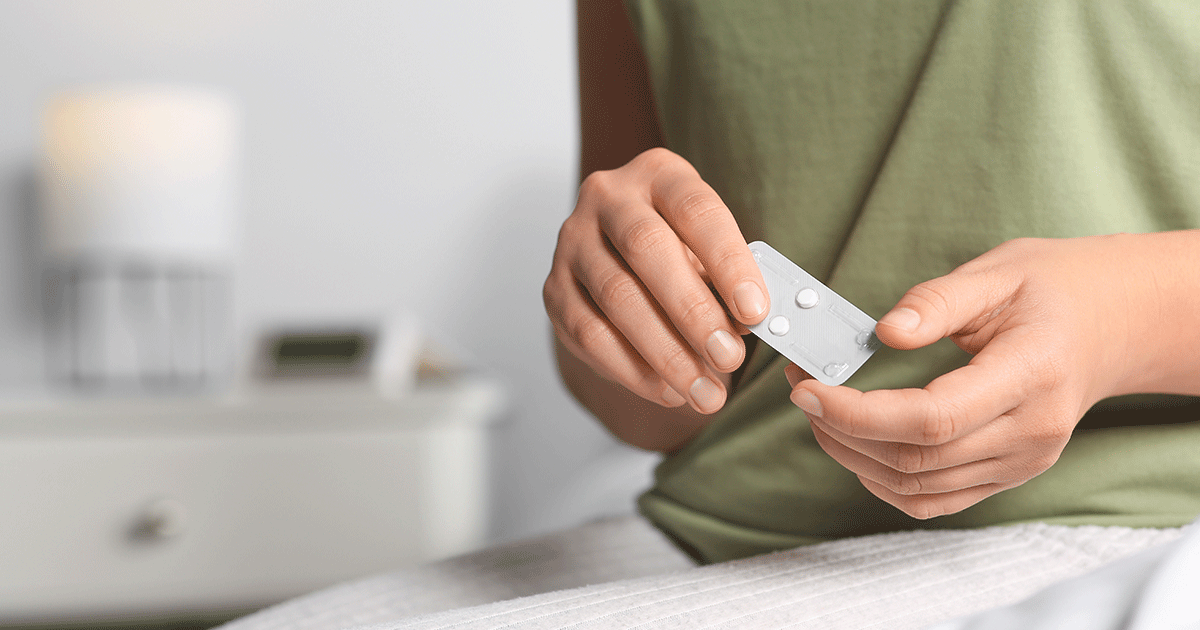Hi, My girlfriend and I had unprotected sex in a hotel bathtub. Concerned if there were people who have used it for sex as well before us, is it possible to acquire an STD from having unprotected sex with your partner in a “pre-used” tub? Your answer will be highly appreciated since I am quite bothered since 3 days after, tiny itchy red bumps appeared in my body. Thanks.
- Bothered and Itchy
We recently received this question. Since this and similar questions about how you can get an STD come up regularly in conversations with our clients, and now, here on our blog, we thought it would be good to answer this in a new post.
Dear Bothered and Itchy,
First off, thanks to you and everyone for having the courage to ask questions in the comments of our posts. If you have a question, no doubt others do as well. What you’re asking about is a very common fear. Many people don’t know if STDs can be passed in public or shared places, such as bathtubs, hot tubs, and toilet seats.
STDs are communicable diseases that are almost always passed from person to person during vaginal, anal, or oral sex, and by close skin to skin contact. Various kinds of STDs can be spread differently.
For example there are STDs caused by a virus (such as Hepatitis B, Herpes, HIV, HPV). Some of these may exist outside of mucous membranes of the vagina, penis rectum and mouth, such as on the porous skin surrounding the genitals. Other viral STDs such as Hepatitis and HIV do not pass through intact skin and are transferred by contact with bodily fluids.
A second type is Bacterial STDs. These live inside the mucous membranes (i.e. membranes of the vagina, rectum, penis, and mouth) and are transferred through contact with these infected membranes.
The last kind of STD is parasitic. Pubic lice (crabs) and trichomoniases are STDs caused by parasites and are most often spread during sexual activity, but can also be spread through contact with an infected person’s clothing, bedding, and towels.
So, now that you understand the types of STDs and how they are spread, you can understand that the only type that could have a reasonable chance of being passed from one person to another in a public area like a bathtub, would be a parasitic STD. But this is only if the genital area is in contact with a damp object. Keep in mind that bathtubs DO NOT provide the ideal environment for parasitic STDs to reproduce and live. Since viral and bacterial STDs can’t survive long outside the environment of mucous membranes it’s virtually impossible to contact one of these STDs this way.
How can I know for sure that I don’t have an STD?
Even though it’s highly unlikely that you caught an STD from the bathtub, it doesn’t mean you don’t have one or aren’t at risk for getting one. One of the reasons STDs are so common is most don’t show any symptoms and the person passing along an STD doesn’t know they are infected. The only way to know for sure is to get tested.
We would advise you and your partner to both get tested right away to rule out this possibility. At Collage, we offer complimentary testing and treatment for Gonorrhea and Chlamydia. For other tests we recommend you contact your doctor’s office. If you don’t have a doctor we’re happy to help you find the assistance you need.
Again, thank you for your question. We hope it helps others as well.





